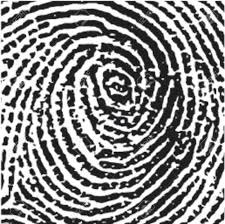CINOA
Art and Crime Statistics
Market Opacity
Erika Bochereau, the Secretary General of the Confédération Internationale des Négociants en Œuvres d’Art (CINOA), a trade organization for art and antiques dealers, has written a response to a recent report by ILLICID, launched by the German Federal Ministry of Education and Research. In their report, the researchers reported that thousands of archaeological cultural assets from the eastern Mediterranean are currently offered for sale in Germany and in most cases, it is impossible to use the accompanying information to assess whether the objects are legally or illegally placed on the market or even determine what is fake. Bochereau’s Op Ed article can be found on ArtNet News here.
In her article the CINOA Secretary General expressed that the report is:
“part of the trend now dubbed “zombie statistics”—that is, pieces of information that are frequently cited by experts and institutions, despite having no basis in research or reality.”
In one sense Bochereau is partially correct, statistics regarding art crimes are difficult to concretise and even harder to evaluate and there is the circular loop where off the cuff recorded stats are repeated by various institutions citing one another, without any of them actually taking responsibility for researching the statistic.
Frequently art crime statistics are inconsistent, incomplete, ineffectual or inconclusive, in part because the market is intentionally opaque with regards to object provenance, which makes data collection difficult, and therefore harder to quantify, especially when what is “clean” in the market and what isn’t requires an object by object evaluation, and in part because statistics are only as good as the record keepers’ records, and having some uniformity in how records are documented is a problem with all national and transnational crime.

